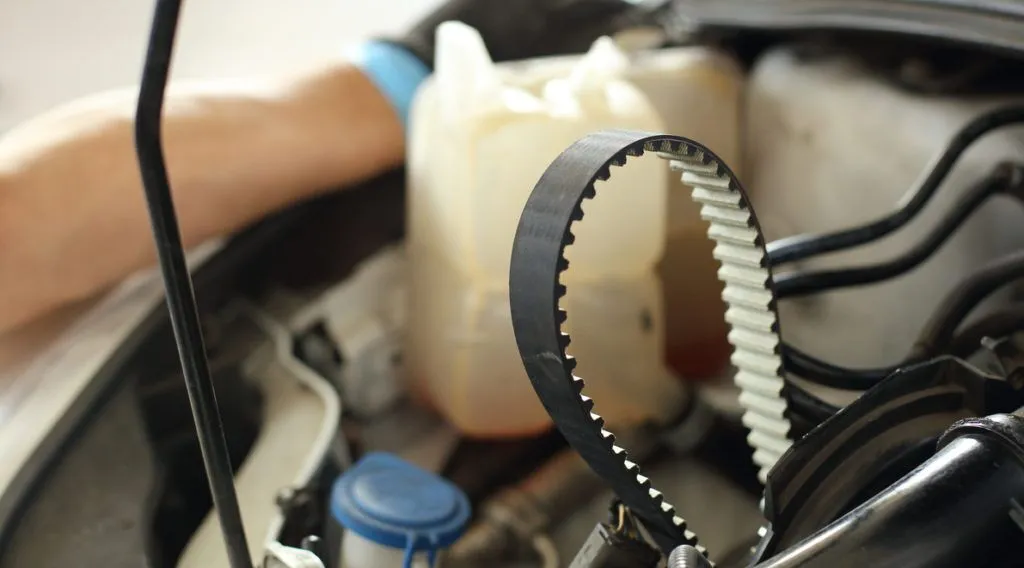- Arabic
- French
- Russian
- Spanish
- Portuguese
- Turkish
- Armenian
- English
- Albanian
- Amharic
- Azerbaijani
- Basque
- Belarusian
- Bengali
- Bosnian
- Bulgarian
- Catalan
- Cebuano
- Corsican
- Croatian
- Czech
- Danish
- Dutch
- Afrikaans
- Esperanto
- Estonian
- Finnish
- Frisian
- Galician
- Georgian
- German
- Greek
- Gujarati
- Haitian Creole
- hausa
- hawaiian
- Hebrew
- Hindi
- Miao
- Hungarian
- Icelandic
- igbo
- Indonesian
- irish
- Italian
- Japanese
- Javanese
- Kannada
- kazakh
- Khmer
- Rwandese
- Korean
- Kurdish
- Kyrgyz
- Lao
- Latin
- Latvian
- Lithuanian
- Luxembourgish
- Macedonian
- Malgashi
- Malay
- Malayalam
- Maltese
- Maori
- Marathi
- Mongolian
- Myanmar
- Nepali
- Norwegian
- Norwegian
- Occitan
- Pashto
- Persian
- Polish
- Punjabi
- Romanian
- Samoan
- Scottish Gaelic
- Serbian
- Sesotho
- Shona
- Sindhi
- Sinhala
- Slovak
- Slovenian
- Somali
- Sundanese
- Swahili
- Swedish
- Tagalog
- Tajik
- Tamil
- Tatar
- Telugu
- Thai
- Turkmen
- Ukrainian
- Urdu
- Uighur
- Uzbek
- Vietnamese
- Welsh
- Bantu
- Yiddish
- Yoruba
- Zulu
Nov . 06, 2024 12:23 Back to list
Understanding the Importance of Chain Timing Belts in Engine Performance and Maintenance
Understanding Chain Timing Belts A Key Component in Automotive Mechanics
When it comes to the intricate workings of modern vehicles, the timing belt plays a pivotal role in ensuring proper engine performance. While many are familiar with the traditional rubber timing belts, chain timing belts have emerged as an alternative that offers unique advantages. This article delves into the significance of chain timing belts, their benefits, and maintenance considerations to help car owners make informed decisions.
What is a Timing Belt?
A timing belt, whether it’s a chain or a rubber belt, is a crucial component in an internal combustion engine. Its primary function is to synchronize the rotation of the crankshaft and camshaft(s), ensuring that the engine’s valves open and close in perfect time with the movement of the pistons. This synchronization is vital for the engine's efficiency and overall function, as any misalignment can lead to severe engine damage.
Chain Timing Belts vs. Rubber Timing Belts
Chain timing belts, often made from metal, differ from their rubber counterparts in several key aspects. One of the most significant advantages is durability. Chain belts are designed to last significantly longer than traditional rubber belts, often up to 200,000 miles or more without requiring replacement. This longevity results from the robust materials used in their construction, making them resistant to wear and tear under the high-stress conditions of an operating engine.
Another notable benefit of chain timing belts is their lower maintenance requirements. While rubber belts typically necessitate periodic inspections and replacements at set intervals, chain belts can often run the entire lifespan of the vehicle without any intervention. This feature not only reduces maintenance costs but also provides peace of mind to vehicle owners.
chain timing belt

Pros and Cons of Chain Timing Belts
Despite their advantages, there are considerations to keep in mind when it comes to chain timing belts. On the positive side, their durability and lower maintenance needs offer a distinct appeal, particularly for drivers who seek reliability and reduced long-term costs. Additionally, chain belts are less prone to slippage compared to rubber belts, which can lead to timing issues.
However, the initial cost of vehicles equipped with chain timing belts may be higher than those using rubber counterparts. Furthermore, when chain belts do fail, they can cause extensive engine damage, potentially leading to costly repairs. Therefore, while unlikely to need replacement, it is crucial for car owners to keep an ear out for unusual noises that may indicate a problem with the timing chain.
Maintenance Tips
For vehicles with chain timing belts, regular maintenance of the surrounding components is essential. Ensure that the engine oil is changed at regular intervals, as this oil lubricates the chain and reduces friction. Keeping the oil clean and at the appropriate level helps prolong the life of the timing chain. Additionally, pay attention to any signs of wear in other engine components, as issues in these areas can impact the performance of the timing belt.
Conclusion
In summary, chain timing belts represent a robust and efficient option for synchronizing engine components. Their durability, lower maintenance needs, and performance stability make them a preferred choice for many modern automotive designs. By understanding their function and upkeep, vehicle owners can appreciate the critical role that timing belts play in ensuring the smooth operation and longevity of their engines. Investing in vehicles with chain timing belts can therefore prove beneficial in the long run, pairing reliability with reduced maintenance concerns.
-
Korean Auto Parts Timing Belt 24312-37500 For Hyundai/Kia
NewsMar.07,2025
-
7PK2300 90916-T2024 RIBBED BELT POLY V BELT PK BELT
NewsMar.07,2025
-
Chinese Auto Belt Factory 310-2M-22 For BMW/Mercedes-Benz
NewsMar.07,2025
-
Chinese Auto Belt Factory 310-2M-22 For BMW/Mercedes-Benz
NewsMar.07,2025
-
90916-02660 PK Belt 6PK1680 For Toyota
NewsMar.07,2025
-
drive belt serpentine belt
NewsMar.07,2025

